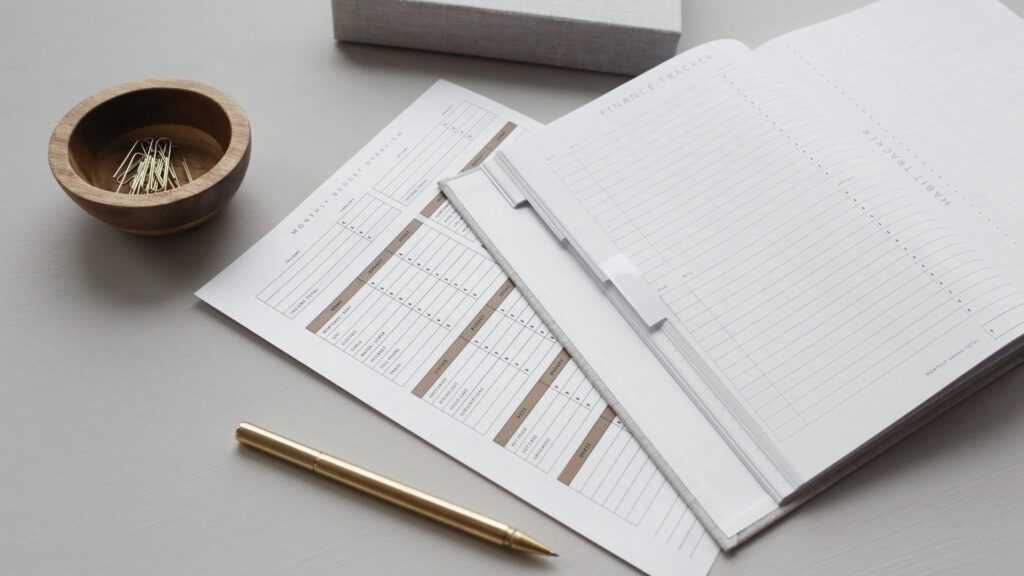
Wie wird man Digitalnomade?
Zuhause auf Reisen: Arbeiten als Digitaler Nomade Wie geht Digital Nomad? Warum im heimischen Schlafzimmer bleiben, wenn du auch in einer Hängematte arbeiten kannst? Genau das ist die Idee hinter dem Leben als digitaler Nomade. Diese Form des Arbeitens aus der Ferne ist in den letzten Jahren immer beliebter geworden – und das aus gutem Grund. Wenn du nicht durch Familie oder andere Verpflichtungen an einen festen Ort gebunden bist, warum nicht die Chance nutzen und deinen Laptop an exotischen Orten aufklappen? Digitale Nomaden tippen sich tagsüber durch die Welt und genießen abends einen Mango-Lassi in der Strandbar. Sie verdienen ihren Lebensunterhalt online und verbinden die Freiheit des Reisens mit dem Komfort, ihren Job einfach mitzunehmen. In meinem Buch Frei & Kreativ (aus dem dieser Text stammt) habe ich diesem Lebensstil ein eigenes Kapitel gewidmet. Und obwohl ich den Text hier nicht eins zu eins teilen darf, möchte ich dir trotzdem einen Einblick geben – mit praktischen Tipps für angehende Nomaden und meine eigenen Erfahrungen. Was brauchst du für das Leben als Digitaler Nomade? Das Leben als Digitaler Nomade erfordert Planung, Flexibilität und die richtige Ausstattung. Hier sind einige wichtige Aspekte, die du beachten solltest: Stabiles Internet Ohne eine zuverlässige Internetverbindung läuft nichts. Informiere dich im Voraus über Internetoptionen in deinem Zielland und investiere gegebenenfalls in eine Powerbank oder einen VPN-Client, um deine Verbindung zu sichern. Flexible Erreichbarkeit Je nach Kundschaft und Zeitverschiebung ist es wichtig, bestimmte Erreichbarkeitszeiten zu vereinbaren. Nutze Dienste wie Skype oder Zoom für Meetings und besorge dir lokale SIM-Karten, um hohe Kosten zu vermeiden. Steuern und Rechtliches Wo wirst du deine Steuern zahlen? Welche Regelungen gelten in deinem Heimatland, wenn du länger im Ausland bist? Sprich vorab mit einer Steuerberaterin, um mögliche Schwierigkeiten zu vermeiden. Krankenversicherung Stelle sicher, dass du eine umfassende Auslandskrankenversicherung hast, die für längere Auslandsaufenthalte gilt. Nicht alle Standardversicherungen decken digitale Nomaden ab, also informiere dich über spezielle Versicherungen für Langzeitreisende. Auch eine Unfallversicherung ist von Vorteil, gerade wenn du dich in Regionen mit abenteuerlichen Aktivitäten aufhältst. Visa und Aufenthaltsgenehmigungen Informiere dich frühzeitig über Visa-Anforderungen. Je nach Land können die Bedingungen und Wartezeiten stark variieren. Workaway und Co. Plattformen wie Workaway oder Worldpackers bieten die Möglichkeit, an verschiedenen Orten weltweit zu arbeiten und im Gegenzug Unterkunft und Verpflegung zu bekommen. Dies ist eine großartige Option, um Reisekosten zu senken und gleichzeitig neue Menschen und Kulturen kennenzulernen. Netzwerke aufbauen Als Digitaler Nomade ist ein gutes Netzwerk unerlässlich. Über Social Media oder in Co-Working-Spaces findest du Gleichgesinnte, die dir mit Tipps und Tricks zur Seite stehen können. Lokale Netzwerke sind ebenfalls wichtig, besonders wenn es um Behördengänge oder medizinische Notfälle geht. Motivation und Disziplin Arbeiten am Strand klingt verlockend, kann aber auch eine Herausforderung sein. Schaffe dir eine feste Tagesstruktur, um nicht in Urlaubsstimmung zu verfallen und deine Arbeit zu vernachlässigen. Steuerliche Aspekte Oft übersehen, aber sehr wichtig: Je nachdem, wo du dich aufhältst, gibt es unterschiedliche Steuerpflichten. Bei Aufenthalten über sechs Monate in einem Land wirst du möglicherweise steuerlich dort ansässig. Informiere dich über Doppelbesteuerungsabkommen und wie du deine Steuererklärung am besten organisierst. Nachhaltig Reisen Der ökologische Fußabdruck sollte im digitalen Nomadenleben nicht vernachlässigt werden. Überlege, wie du umweltbewusster reisen kannst – etwa durch längere Aufenthalte an einem Ort, um Flugreisen zu minimieren, und die Nutzung öffentlicher Verkehrsmittel oder Fahrräder vor Ort. Cyber-Sicherheit Arbeiten aus dem Ausland bedeutet oft, öffentliche WLAN-Netzwerke zu nutzen, was die Gefahr von Cyberangriffen erhöht. Schütze deine Daten mit einem VPN und halte deine Sicherheitssoftware immer auf dem neuesten Stand. Reisetipps und Apps Es gibt unzählige Apps, die das Leben als digitaler Nomade erleichtern können – von Reiseplanung über Arbeitsorganisation bis hin zur Sprachunterstützung. Apps wie Trello, Notion oder Slack helfen dir, Projekte im Griff zu behalten, während Tools wie Google Translate oder Duolingo bei der Kommunikation vor Ort unterstützen. Meine Erfahrungen als Digitale Nomadin Während eines Interviews mit WDR 5 habe ich über genau diese Herausforderungen und Freiheiten gesprochen. In der Sendung „Zuhause auf Reisen“ ging es um das ständige Unterwegssein und wie ich es schaffe, trotz wechselnder Umgebungen ein Gefühl von Heimat zu bewahren. Hier kannst du das Interview nachhören. Los geht’s Das Leben als Digitaler Nomade bietet unglaubliche Freiheiten, erfordert aber auch Disziplin und Planung. Wenn du gut organisiert bist und dich flexibel auf neue Situationen einstellen kannst, wirst du nicht nur an exotischen Orten arbeiten, sondern auch ein Leben voller inspirierender Erlebnisse führen. Und wer weiß, vielleicht entdeckst du auf deiner Reise ganz neue Definitionen von „Zuhause“. Interessiert an mehr Tipps und persönlichen Erfahrungen? In meinem Buch Frei & Kreativ findest du weitere Inspirationen und praktische Ratschläge für das Leben als Digitale Nomadin. Bildquellen Fotografin: Foto von Andrew Neel auf Unsplash Mehr lesen…





